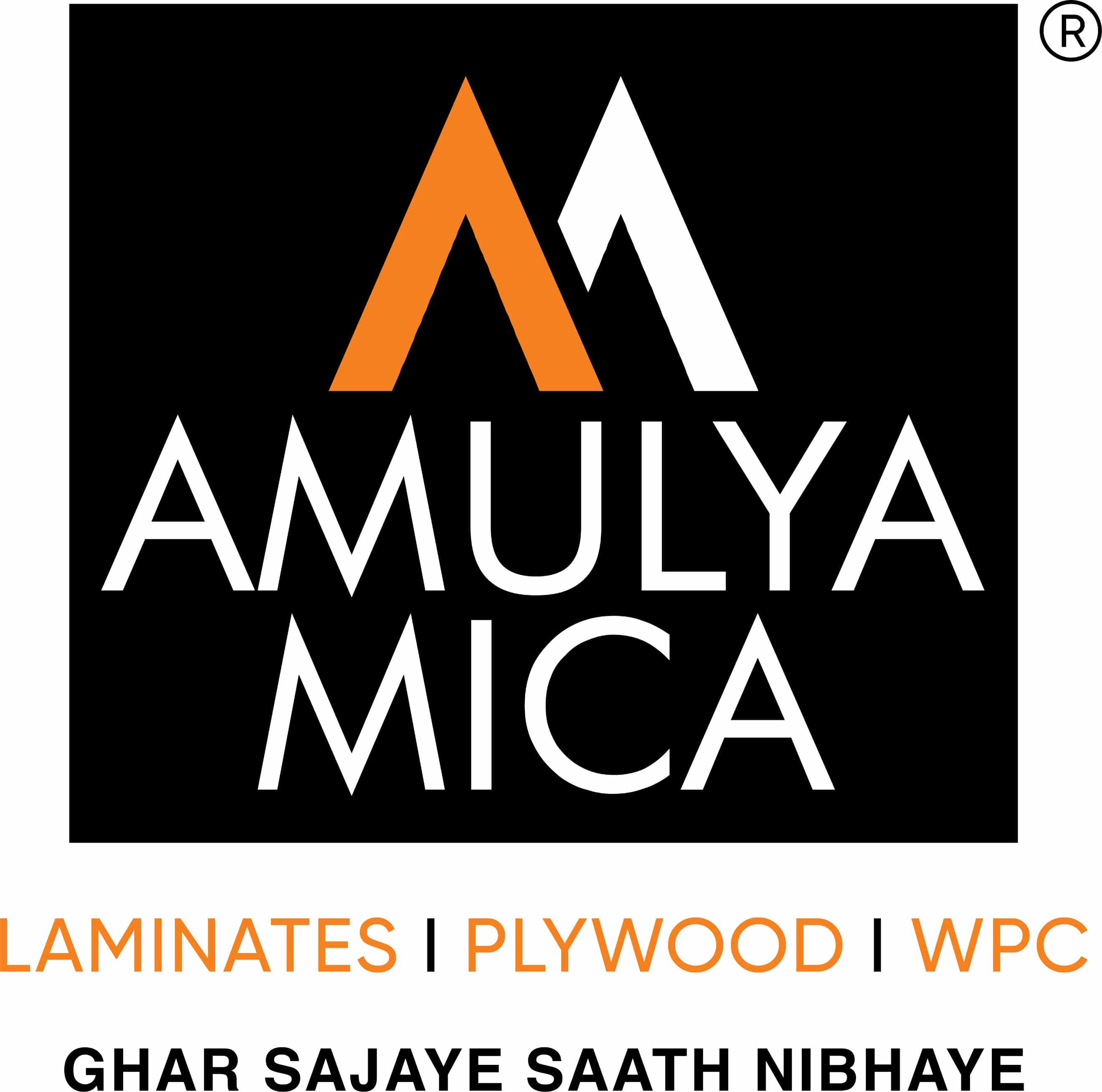The wood used to make the cabinet box is behind the cherry, birch, or maple doors of a kitchen cabinet: the back, arms, top, cabinets, and bottom. For cabinet box construction, there are usually two choices: plywood and particle board. Plywood is made up of wood veneer layers glued together, mixing for stability with the grain of the wood.Particle board (also referred to as furniture board) is made from glued and pressed together wood fibers, often using a mold. Each content has advantages to remember.
When building cabinets, Plywood is commonly considered to be the cheaper product. Plywood has excellent durability in design and it more effectively carries screws and other mechanical fasteners. It has superior tensile and shear properties and a marginal edge in compressive strength (meaning it resists pulling forces and side-to-side movement) (ability to bear weight).Plywood often weighs less than particle board, which can be critical when large cabinets are hung. Furthermore, plywood keeps together glue joints stronger than particle board and is on resistant to dents and scratches.
Particle boards have their own benefits, including greater spatial stability: they do not warp as a result of variations in temperature and other environmental changes. Particle board, most importantly, charges less than plywood. Scraps of wood that are called waste are mostly made of particle board. Many plywood producers still produce particle board from the leftovers.Because of this, it is less risky for particle boards.
A big drawback of the particle board is its lack of resistance to moisture. If humidity is absorbed into the end grain, the particle board can swell if, for example, water on the floor comes into contact with a cabinet box's unfinished bottom lip. Imperia seals the ends of all particle board parts with edge banding to solve this possible problem.When assembling them, the installer can even seal the bottom edges of cabinet boxes with a clear coat. In consistently wet conditions, Plywood, though more water resistant, is still not very durable.
Importantly, the consistency of plywood and particle board will differ significantly, making it impossible to tell that one is often better than the other. The plywood content depends on the quantity of plywood and the thickness of the wood. Fewer layers are not robust, but there would be more layers of quality plywood.The result also relies on how good the covers are glued together. There would be cracks in low-quality plywood, thereby making it less durable. Plywood normally has between seven and nine layers and a thickness of 3/4 of an inch for frameless cabinetry.Half-inch plywood is used for the sides, top, and bottom for face-frame cabinetry because the frame provides weight to the overall box structure; 3/4-inch plywood shelves. There are several occasions where particle boards can work well enough to warrant cost savings, while plywood is usually superior.
The consistency of the particle board depends on the size of the particles that make up it, the solvent that binds it together, and the board's density. Because particle board can be made from a lot of wood waste, it can differ quite a bit in consistency. The board is higher overall, denser, and heavier due to smaller particles.Medium density fiberboard (MDF), which is high quality, but can be very heavy, is one of the better types of particle board, making it difficult to hang wide cabinets. Particle board is often readily gouged or scratched, but whether it is covered by wood veneer or laminate, this is not as much of a concern.
Since plywood is in many respects superior to particle board, if cost is not a concern, it is typically the better option. In certain cases, though, the fact that particle board is less costly makes it a rational alternative. If the cabinet is wide and is going to be hung, the best choice could be plywood because it is thinner. Particle board can perform almost as well as plywood in most other cases.
For any queries call us at 18002331488 (Toll Free No,) or mail us at crm@amulyamica.com & just click on 'where to buy' link below to find Amulya Mica Store near you.

